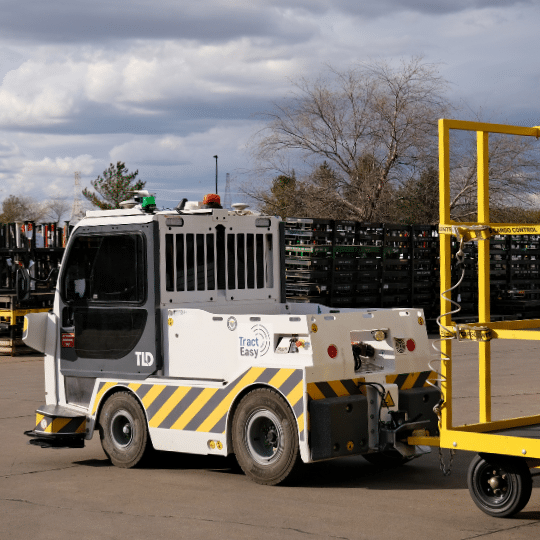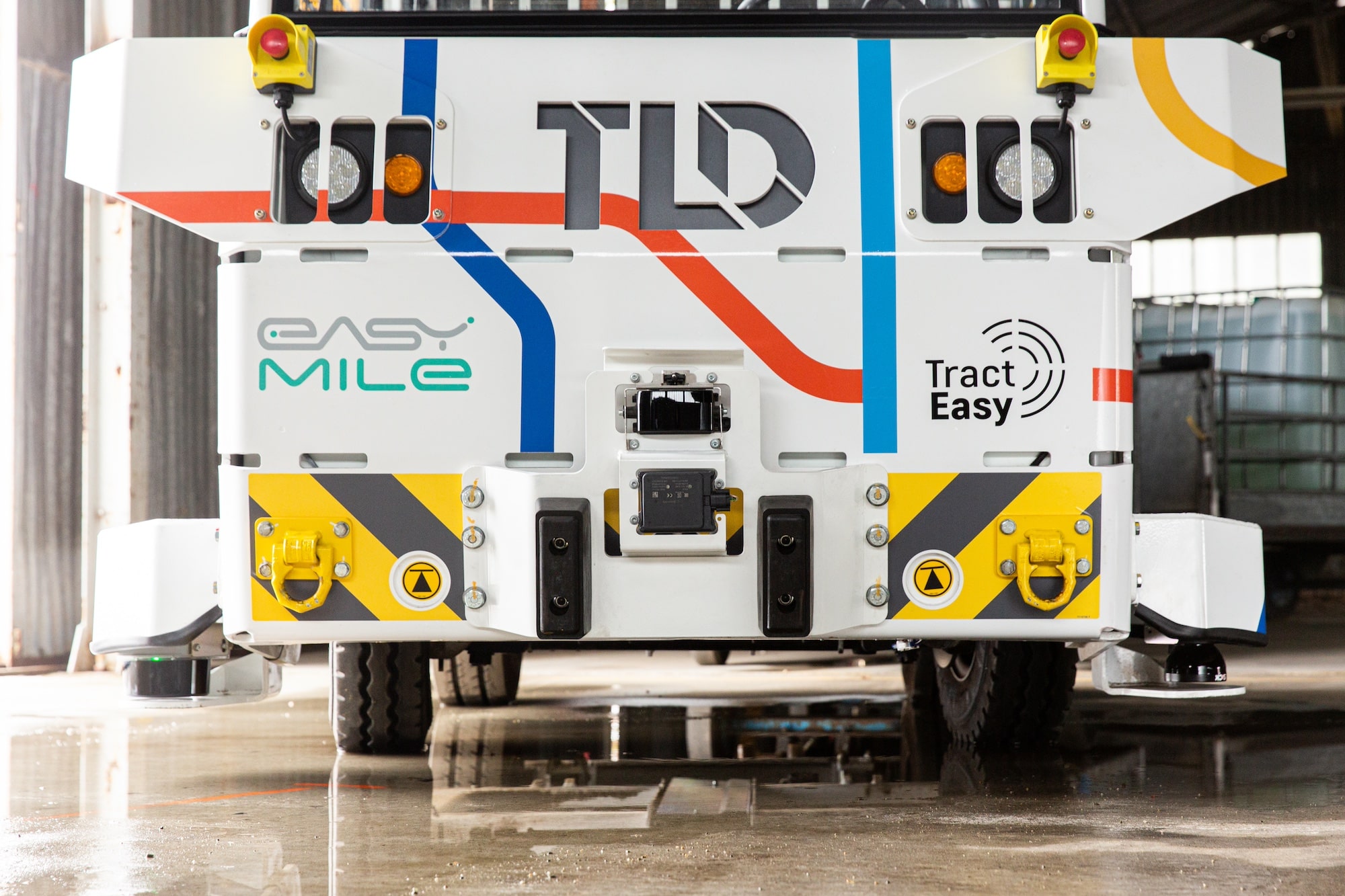In industrial manufacturing, particularly in the automotive sector, the quest for efficient and cost-effective operations has given rise to a series of challenges and pain points. As orignial equipment (OEMs) attempt to optimize the flow of parts, they encounter labor shortages, safety concerns, and manual handling inefficiencies that threaten to slow the operations. That’s where autonomous vehicles come in.
EZTow vs Lorries vs Forklifts
When considering the indoor and outdoor movement of materials, autonomous tow tractors emerge as a compelling choice over autonomous forklifts. Their inherent versatility allows them to effortlessly tow multiple carts or containers simultaneously, facilitating more efficient material flow. Unlike forklifts that handle individual pallets, tow tractors can move larger volumes of materials in a single trip, reducing congestion and expediting overall operations. This adaptability extends to various load configurations, making tow tractors more flexible while potentially requiring fewer units for the same workload, translating to cost savings. Moreover, their lower center of gravity enhances stability, ensuring safer material handling in bustling environments.
In the case of just-in-time delivery, the superiority of autonomous tow tractors becomes evident when compared to lorries. These agile tractors navigate tight spaces and confined areas within manufacturing facilities with ease, effectively catering to the demands of localized deliveries. As a result, congestion is curtailed, and disruptions are minimized in time-sensitive production scenarios. With a smaller carbon footprint and reduced operational and maintenance costs, tow tractors prove to be both environmentally and economically advantageous. This distinction underscores their viability as a superior choice over lorries for efficient, eco-friendly, and cost-effective just-in-time deliveries.

